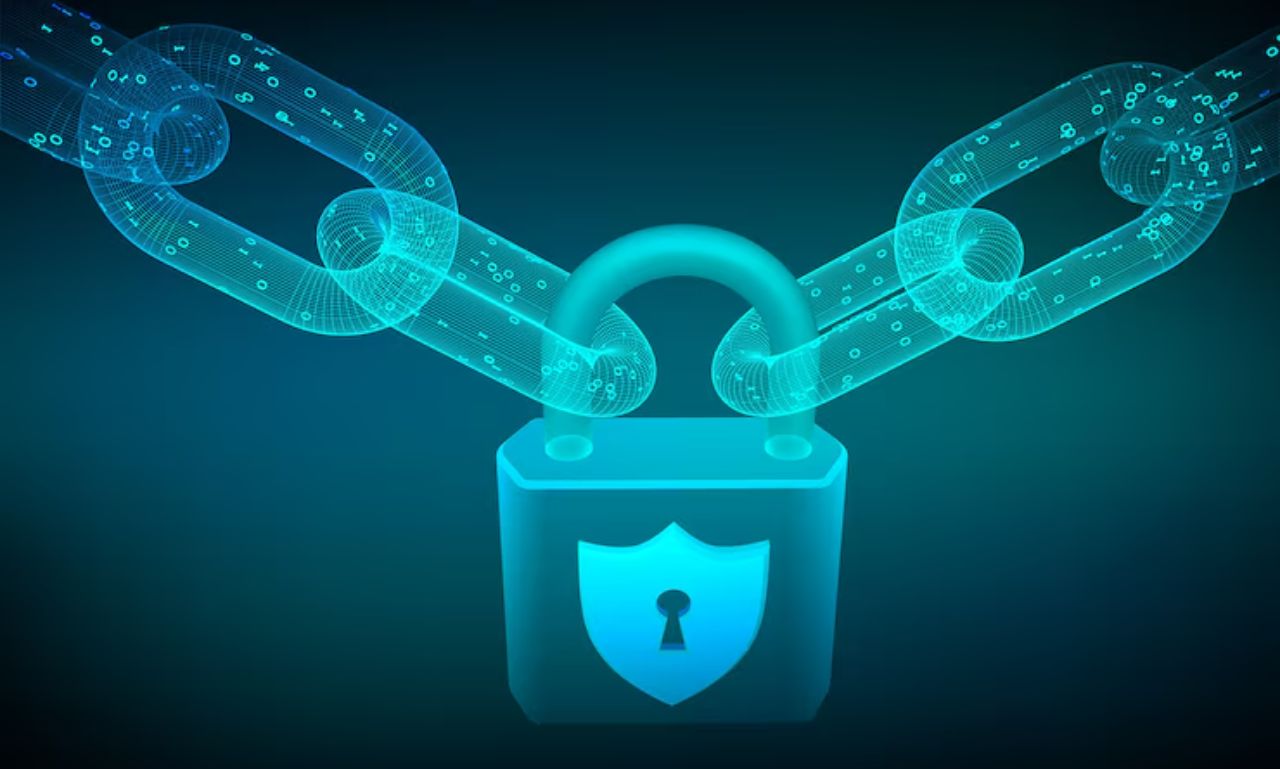In today’s hyperconnected world, privacy is becoming increasingly rare. Every click leaves a trace. Every login becomes a data point. Anon Vault emerges as a powerful response to these challenges. It offers users encrypted, anonymous storage that leaves no digital fingerprint. The service is designed for those who value privacy, autonomy, and control over their data.
As surveillance grows and digital boundaries blur, secure solutions like Anon Vault are essential. It creates a space where users can store sensitive data without linking it to a name, location, or device. This article explores the technology, use cases, and implications of Anon Vault in a privacy-challenged era.
What Is Anon Vault
Anon Vault is a secure, cloud-based digital vault specifically designed for anonymity. To begin with, it allows users to upload, encrypt, and store data without identity verification. Unlike most platforms, no usernames, emails, or phone numbers are required. Instead, files are protected by encryption keys that only the user controls.
Consequently, this approach flips traditional cloud storage models. While most providers track access, locations, and user metadata, Anon Vault stands apart. In fact, it removes all tracking mechanisms and replaces them entirely with pure cryptographic security.
This makes it ideal for sensitive personal or professional files.
Core Philosophy Behind Anon Vault
The creators of Anon Vault believe privacy is a human right. They see data ownership as essential in digital life. Their system operates without centralized identity systems. This ensures no personal information is ever collected or stored.
Anon Vault is built on zero-trust principles. It assumes all systems are potential threats. It limits even internal visibility. Every file is end-to-end encrypted. Even administrators cannot see what users store. This strict design builds trust through structure, not promises.
How Anon Vault Works
Using Anon Vault begins with encryption. The user uploads a file, which is immediately encrypted on their device. This encrypted file is then uploaded to the vault. A unique access token is generated. Only this token can retrieve or decrypt the file later.
The system never stores the decryption key. It is either kept locally or given to the user. This means even if the server is compromised, the data remains safe. Without the key, files remain scrambled and unreadable forever.
Anonymity in Storage Design
Anon Vault separates identity from function. There are no accounts. Users access their vaults using keys, tokens, or shared links. This makes it impossible to trace stored data to individuals.
The platform also uses rotating storage nodes. Files are split into parts and stored across anonymous servers. These parts only reunite upon retrieval. This method adds another level of protection against surveillance or attack.
Who Can Benefit From Anon Vault
Journalists working under oppressive regimes can store source documents securely. Activists organizing private campaigns can share encrypted plans safely. Researchers handling confidential data can protect intellectual property without corporate risk.
Even regular users benefit. Anon Vault lets anyone store tax records, medical files, or private notes securely. It’s useful for anyone wanting data access without digital footprints.
Use Cases for Secure Anonymous Storage
Anon Vault isn’t just for whistleblowers. It serves as a backup tool for professionals in sensitive industries. It supports students protecting work from plagiarism. Its helps lawyers archive confidential files.
The system is also useful for time-locked messages. Users can upload encrypted content and share it with future access permissions. This supports wills, testimonies, or sensitive project handovers.
Integration With Privacy Tools and Networks
Anon Vault supports integration with other private networks. Users can route access through Tor or VPNs. This reduces traceability. The platform is compatible with privacy-first browsers and decentralized identity protocols.
Such integrations allow users to create a full anonymous workflow. From document creation to secure cloud storage, no trace is left behind. These tools combine for a seamless digital privacy experience.
Encryption Standards Used by Anon Vault
Anon Vault uses modern encryption algorithms like AES-256 and RSA-4096. Files are secured both at rest and in transit. Key management is handled entirely by the user. No backdoors exist in the codebase.
Security audits ensure algorithms remain current. The platform is built with open-source frameworks, allowing transparency. Anyone can review the code to verify its practices. This keeps Anon Vault accountable to the public, not just its founders.
Data Sovereignty and Borderless Access
raditional cloud providers, for the most part, store data within national borders. In contrast, Anon Vault doesn’t. Instead, its decentralized model scatters data across multiple jurisdictions. As a result, this approach helps avoid local seizure laws or government censorship.
Moreover, users can access their vault from anywhere in the world. They are therefore not tied to geography or regional servers. Ultimately, this global model ensures true data sovereignty, making it immune to legal overreach.
Time-Based File Expiry and Self-Destruction
Anon Vault, in addition to its core privacy features, offers time-controlled file storage. Specifically, users can choose how long their files remain available. After that period ends, the file is automatically destroyed from the network. As a result, no traces remain.
This feature proves especially helpful for temporary projects or sensitive messages. In this way, it ensures that information does not linger longer than necessary. Ultimately, time-based deletion increases safety, enhances data hygiene, and significantly reduces digital clutter.
Offline Vault Access Options
Anon Vault also supports offline storage extensions. Users can download encrypted archives for local safekeeping. These archives include embedded keys or external authentication.
Offline options allow full control. Even without internet, users maintain access to their files. This hybrid model balances mobility and autonomy. It supports users in low-connectivity areas.
Future of Privacy-First Storage
More users are demanding control over their data. Anon Vault shows what future storage systems may look like. Decentralized, encrypted, anonymous storage will soon become standard.
Regulators may attempt to push identity requirements. But tools like Anon Vault resist this pressure. They show that security doesn’t require identity. It requires architecture, intent, and user trust.
Legal and Ethical Considerations
Some raise concerns about anonymous storage. They fear illegal use or untraceable behavior. Anon Vault addresses this with clear terms. It forbids harmful content. It cooperates with ethical frameworks, without breaking privacy.
The creators argue that ethical design can support freedom. Anonymity does not equal lawlessness. When paired with purpose, it empowers expression, innovation, and justice.
Frequently Asked Questions
Is Anon Vault really anonymous?
Yes, it collects no personal data and uses no logins or tracking.
Can I recover files if I lose my key?
No, without the key, files cannot be decrypted or restored.
Is it legal to use Anon Vault?
Yes, in most countries. However, users must follow local data laws.
What encryption does it use?
Anon Vault uses AES-256, RSA-4096, and zero-knowledge protocols.
Can I share files securely?
Yes, you can create encrypted share links with access limits and expiration times.
Is it open-source?
Much of the platform’s core code is open-source and available for review.
Conclusion
Anon Vault, without a doubt, stands as a bold answer to growing privacy concerns. More importantly, it proves that identity is not required for security. In addition, it shows that digital rights can exist without compromise. By thoughtfully combining encryption, anonymity, and usability, it offers a modern solution to increasingly modern problems.
Whether you’re a journalist, student, developer, or everyday user, your data deserves protection. Thankfully, Anon Vault gives you that power. In doing so, it restores control in a world where surveillance too often wins. Rather than relying on empty assurances, it creates freedom through architecture, not promises.
As digital life continues to expand, tools like Anon Vault will guide the way forward. Ultimately, they will teach us that privacy is possible. Indeed, security is achievable. Most importantly, trust can be built without a name.









